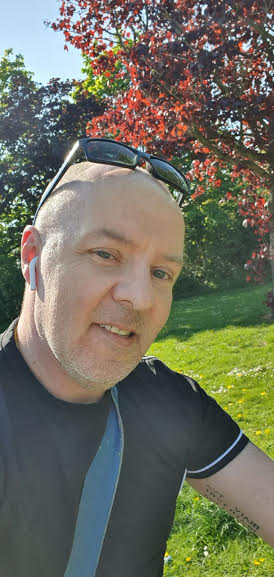Hello Again
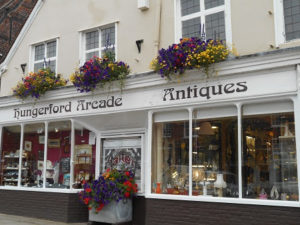 It does not seem that a week has passed since I last wrote one of my mini articles which is a little scary as the days are beginning to fade into each other.
It does not seem that a week has passed since I last wrote one of my mini articles which is a little scary as the days are beginning to fade into each other.
Caron and I are okay but have not left Hungerford for over three weeks which for us, is some kind of record as we are normally charging around the country.
At the time of writing, Boris is quite poorly in hospital and his girlfriend, who is with child also appears to have contracted the virus. We all wish them the best and all of the people who are either suffering from or working towards the resolution of this awful virus. Hungerford salutes you and remember when this nonsense is over, that a warm welcome awaits you in our friendly little town.
The Arcade will open its doors as soon as the Government allows it to reopen and Rita has said the dealers have been very busy, so expect lot of new and interesting stock.
Hopefully the lovely weather will continue and that you will be able to see Hungerford at its best.
However, this little article is not about the town itself but about an area roughly half an mile away which is a joy to visit. This is a little surprising as apart from the railway on one side. this area is also bordered by the not so lovely A4. As you can see from the title it is called Freeman’s Marsh.
I would like to think that one of my favourite local writers, Richard Jefferies, might have visited Freeman’s Marsh which obviously would have been a little different in the nineteenth century.
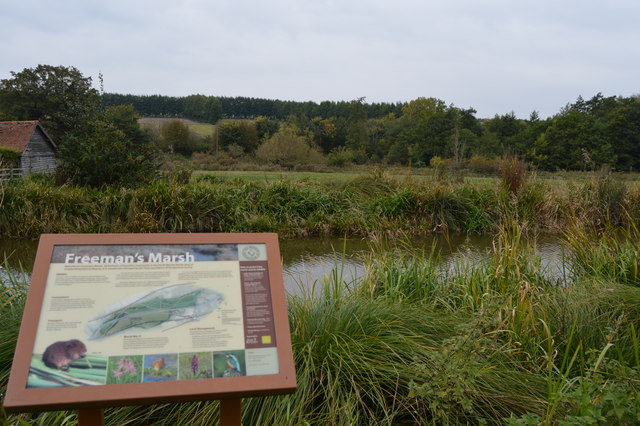
© Copyright Des Blenkinsopp and licensed for reuse under this Creative Commons Licence.
The railway would have been there and the cow bridge that is visible from the towpath.
The Kennet & Avon canal would have been a lot busier than it is today with goods being transported in both directions.
On the reverse side, the A4 (Bath Road) would have been quieter than it is today.
Richard was born in Coate which used to be on the outskirts of Swindon, and it is feasible that in his younger years, he might have travelled to Hungerford which is about fifteen miles away.
I often pass the house where he once lived when walking into Swindon.
In those days, the road outside was just a lane and is well described in his beautiful book. Amaryllis at the Fair (1887), which is a great read.
As I walk past Richard’s home, I almost expect to see Amaryllis looking over wall at all the people passing by and wishing me the time of day.
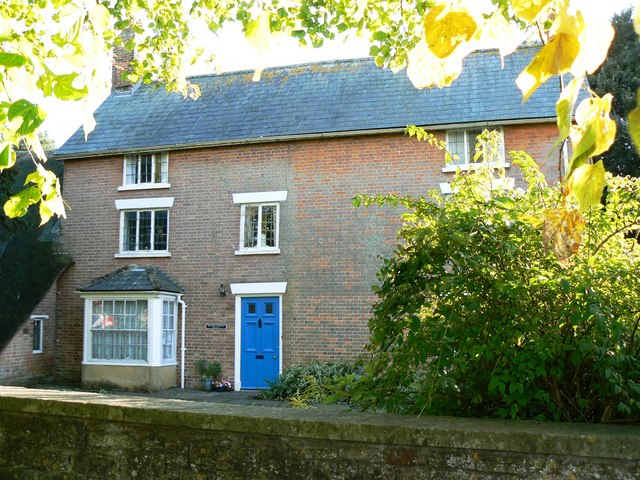
https://upload.wikimedia.org/wikipedia/commons/6/63/Richard_Jefferies_Museum%2C_Coate%2C_Swindon%2C_Wiltshire_-_geograph.org.uk_-_252496.jpg
But it is not like that now, as unlovely Swindon has grown and what was once meadows and farmland is now just an ugly urban sprawl. The sight of it almost brings me to tears, but my emotions are kept in check by trying to survive the crossing of the many roads.
Richard died of TB and exhaustion in August 1887, but suppose, just suppose that he returned in 2020. He would obviously have been greatly upset at the destruction of the countryside around Coate.
I can just remember that in the mid 1960s, Coate was a lot more open than it is today. Even in the last thirteen years there has been a great deal of development in the area, which is incredibly sad.
But as much as I have noted that Coate has changed for the worse, it is good to report that Freeman’s Marsh has actually improved in the last one hundred years which is mainly due to the love and hard work of the town and the Freeman’s Marsh Conservation Group. Their excellent website will give you a great deal of information about the area and discusses the minutiae of all their activities.
Therefore I am only going to share my thoughts and give a brief description of the area as if I am sitting on the seat near the cow bridge with Richard overlooking the marsh.
It is an area of some ninety acres west of Hungerford and both the Kennet & Avon canal and the River Dun pass through it. One can find many creatures, some of which are quite rare in Southern England.
I am told that over one hundred different species of both migratory and resident birds can be found and you can, from May to August, witness people ringing these birds at the western end of the marsh. It is quite unusual to think that in this small area so many different birds and other creatures can be easily found.
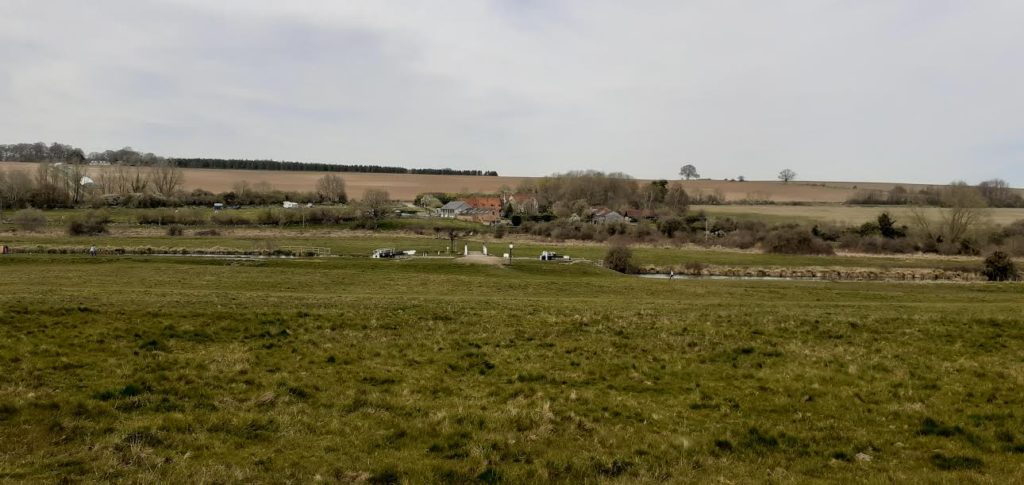 In the 1860s this area would have been farmland and most likely used by cattle, although some it is now fenced off.
In the 1860s this area would have been farmland and most likely used by cattle, although some it is now fenced off.
There is evidence that cattle still use the area (if you get my drift), but I cannot say that I have seen any recently (unlike on Hungerford Common which is approximately a mile to the east).
I like cows but they are cumbersome creatures and although they do not mean any harm, create a lot of damage to the fragile eco-systems on Freeman’s Marsh.
One must remember that it is not just other living creatures that hang out on the marsh, but there are many plants that can easily be trodden underfoot by our bovine friends.
I know that Richard would have appreciated Freeman’s Marsh in 2020 and might have described it as follows in more modern terms.
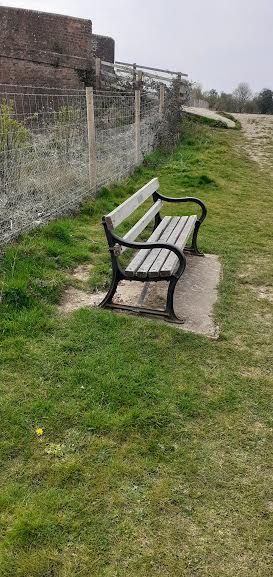
There is a seat next to the ancient railway bridge which we often use when visiting Freeman’s Marsh
It gives uninterrupted views of the canal the river and the fields beyond
Although passing trains occasionally break the silence it is a peaceful place
Where all kinds of birds may be seen from the spectacular Kites to the petite Jenny Wrens
Today I saw a Goldcrest which is the smallest bird in the country and this pleased me a great deal.
The seat provides a hiding place for those who have tired of the madness of their days
I quite often sit there with my lovely wife and watch as she develops watercolours with her steady hand
She lets them dry in the rough grass that is the main feature of the immediate area
Shallow paths have been cut however these are few and the terrain although benign requires some respect
We should spend more time exploring the marsh but we let the our engines take us to distant shores
And forget about the simplicity of our walks and the silent melodies of nature that question our very absence
To get to Freeman’s Marsh is quite simple as all you need to do is turn left at the canal bridge and walk in a westerly direction for about half a mile.
As you walk, you will pass the tennis courts and the church and to your right, you will see the beginnings of Freeman’s Marsh (which is accessible via the church bridge, although this is a more difficult route).
You will be on the railway side of the canal and after ten minutes will arrive at your destination (I sound like a Sat Nav).
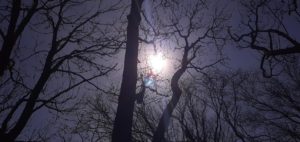 And this is where I will leave you, although here is a piece of advice as the towpath is not always dry. If this is the case, then take the Church Street route (Church Street is almost next to the railway bridge).
And this is where I will leave you, although here is a piece of advice as the towpath is not always dry. If this is the case, then take the Church Street route (Church Street is almost next to the railway bridge).
If you follow this route past the library and the fire station for about half a mile, you will come across a children’s playground with the railway running behind it.
Turn right there and follow the lane (turning left under the railway bridge) and Freeman’s Marsh is just past the allotments. This is a much dryer route as some of the puddles on the towpath can be pretty spectacular.
Caron and I have visited Freeman’s Marsh in all weathers and have seen it in all its moods.
Unlike other places, it is beautiful all the year round and during the current lockdown, we have included it on our exercise route. But rather than running or speed walking through the area, it is much more rewarding to stroll slowly and enjoy what it has got to offer.
As Richard noted in his 2020 thoughts, some of the area can be a tad challenging and is not really disabled friendly, unless you are viewing it from a barge.
Very soon I hope the restrictions will be lifted slowly and gradually.
This ghastly virus will be beaten and once again, Hungerford will be able to welcome its visitors.
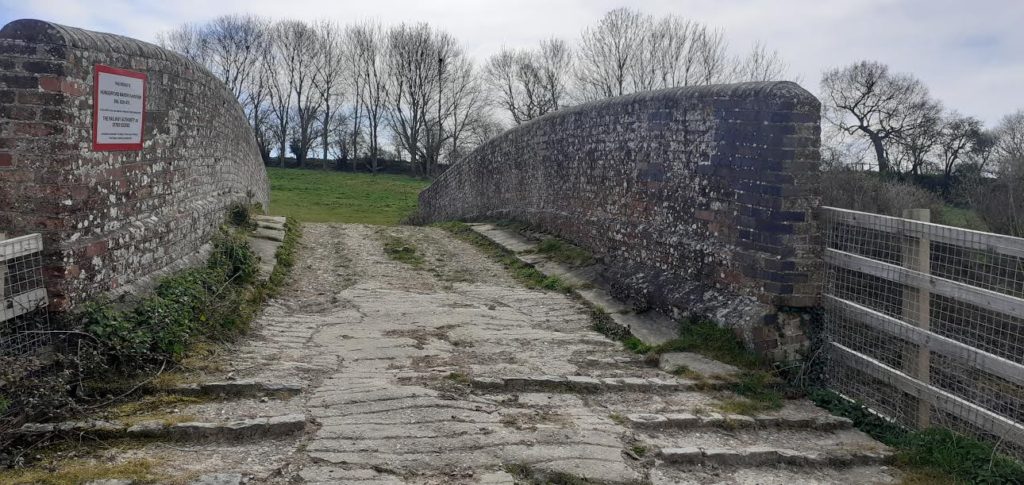 I know that a number of you will visit the Arcade, but if the temperatures are agreeable then you could do not worse than visit Freeman’s Marsh and if this piece has whetted your appetite slightly, then that is my intention.
I know that a number of you will visit the Arcade, but if the temperatures are agreeable then you could do not worse than visit Freeman’s Marsh and if this piece has whetted your appetite slightly, then that is my intention.
After the trauma of what is happening at present, then what is better than walking around the countryside.
I am not saying that Hungerford is better or worse than anywhere else, but it is certainly a great part of the world.
You might meet Caron and I on the seat (we are usually either sketching or working on watercolours) but sadly, Richard’s visit to 2020 was only brief and he has now returned home.
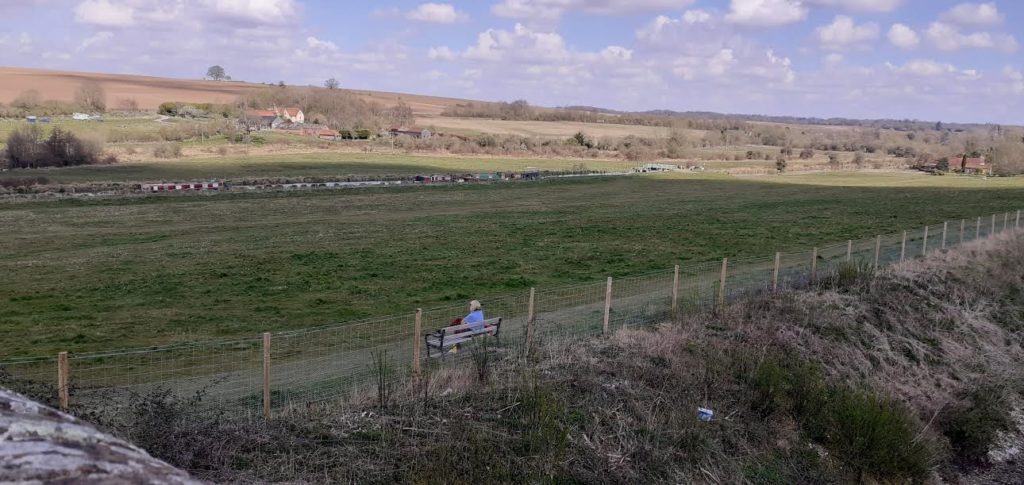
But his wonderful books are easily available (you see them frequently in the Arcade). So why not pick one of them up and look at the countryside though his nineteenth century eyes, then feel what it is like to enjoy the countryside just as simply in 2020.
It maybe me, but visiting the marsh is almost a mystical experience
And I cannot blame the cider as all the pubs are currently closed.
Wherever you live, we are all in this together and we will all come out of this together all the stronger.
Be safe and be well.
Stuart & Caron Miller-Osborne



 I expected to find the usual rubbish and was not disappointed, that was until I found a signed Arnold Loxam record which dated from 1974.
I expected to find the usual rubbish and was not disappointed, that was until I found a signed Arnold Loxam record which dated from 1974. 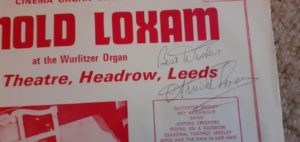 My record has a 1968 photograph of Arnold and his Wurlitzer organ at the Odeon Theatre in Headrow, Leeds on its cover.
My record has a 1968 photograph of Arnold and his Wurlitzer organ at the Odeon Theatre in Headrow, Leeds on its cover.






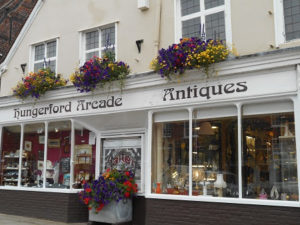 All steps have been taken to ensure the safety of staff and customers as per the Government Guidelines. There are 2 meter distances marked out with black and yellow tape, screens at the desk, hygiene stations dotted around the Arcade for you to use and much more.
All steps have been taken to ensure the safety of staff and customers as per the Government Guidelines. There are 2 meter distances marked out with black and yellow tape, screens at the desk, hygiene stations dotted around the Arcade for you to use and much more. It does not seem that a week has passed since I last wrote one of my mini articles which is a little scary as the days are beginning to fade into each other.
It does not seem that a week has passed since I last wrote one of my mini articles which is a little scary as the days are beginning to fade into each other.

 In the 1860s this area would have been farmland and most likely used by cattle, although some it is now fenced off.
In the 1860s this area would have been farmland and most likely used by cattle, although some it is now fenced off.
 And this is where I will leave you, although here is a piece of advice as the towpath is not always dry.
And this is where I will leave you, although here is a piece of advice as the towpath is not always dry.  I know that a number of you will visit the Arcade, but if the temperatures are agreeable then you could do not worse than visit Freeman’s Marsh and if this piece has whetted your appetite slightly, then that is my intention.
I know that a number of you will visit the Arcade, but if the temperatures are agreeable then you could do not worse than visit Freeman’s Marsh and if this piece has whetted your appetite slightly, then that is my intention.


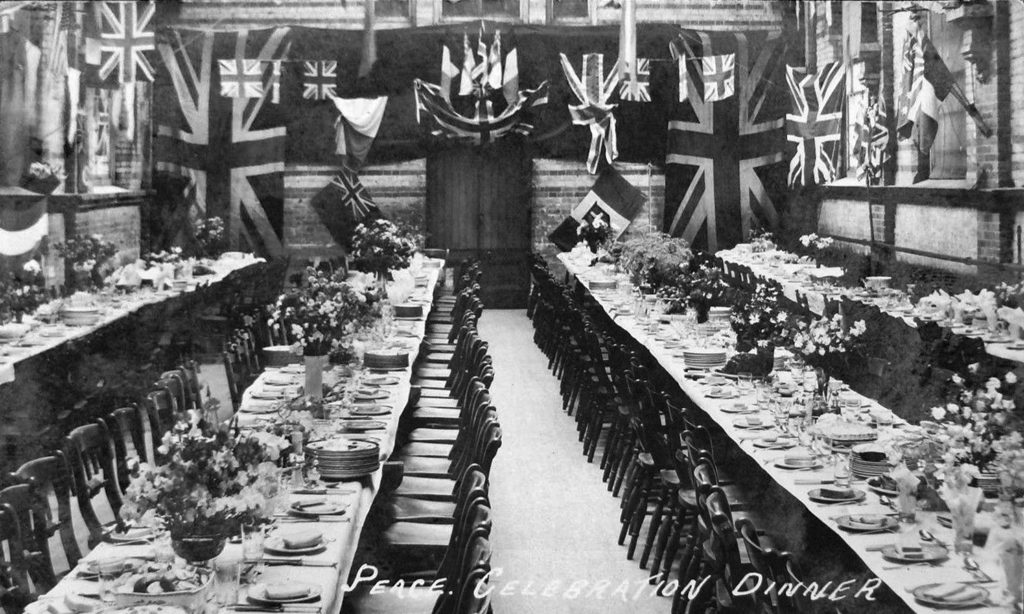 Photograph from the Jim Bradshaw Collection
Photograph from the Jim Bradshaw Collection

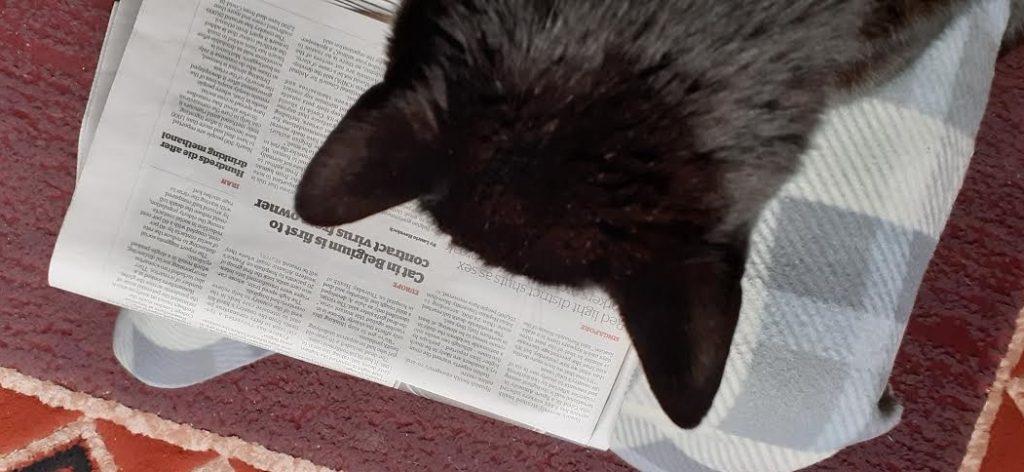
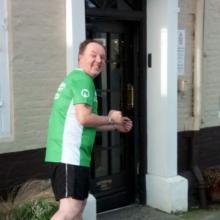 Hungerford Arcade stallholder, Ian Spuffard was due to take part in the 2020 London Marathon today, but due the Coronavirus it has been postponed until later in the year. Ian had lots of events booked including an auction at Hungerford Town Hall to raise
Hungerford Arcade stallholder, Ian Spuffard was due to take part in the 2020 London Marathon today, but due the Coronavirus it has been postponed until later in the year. Ian had lots of events booked including an auction at Hungerford Town Hall to raise 
